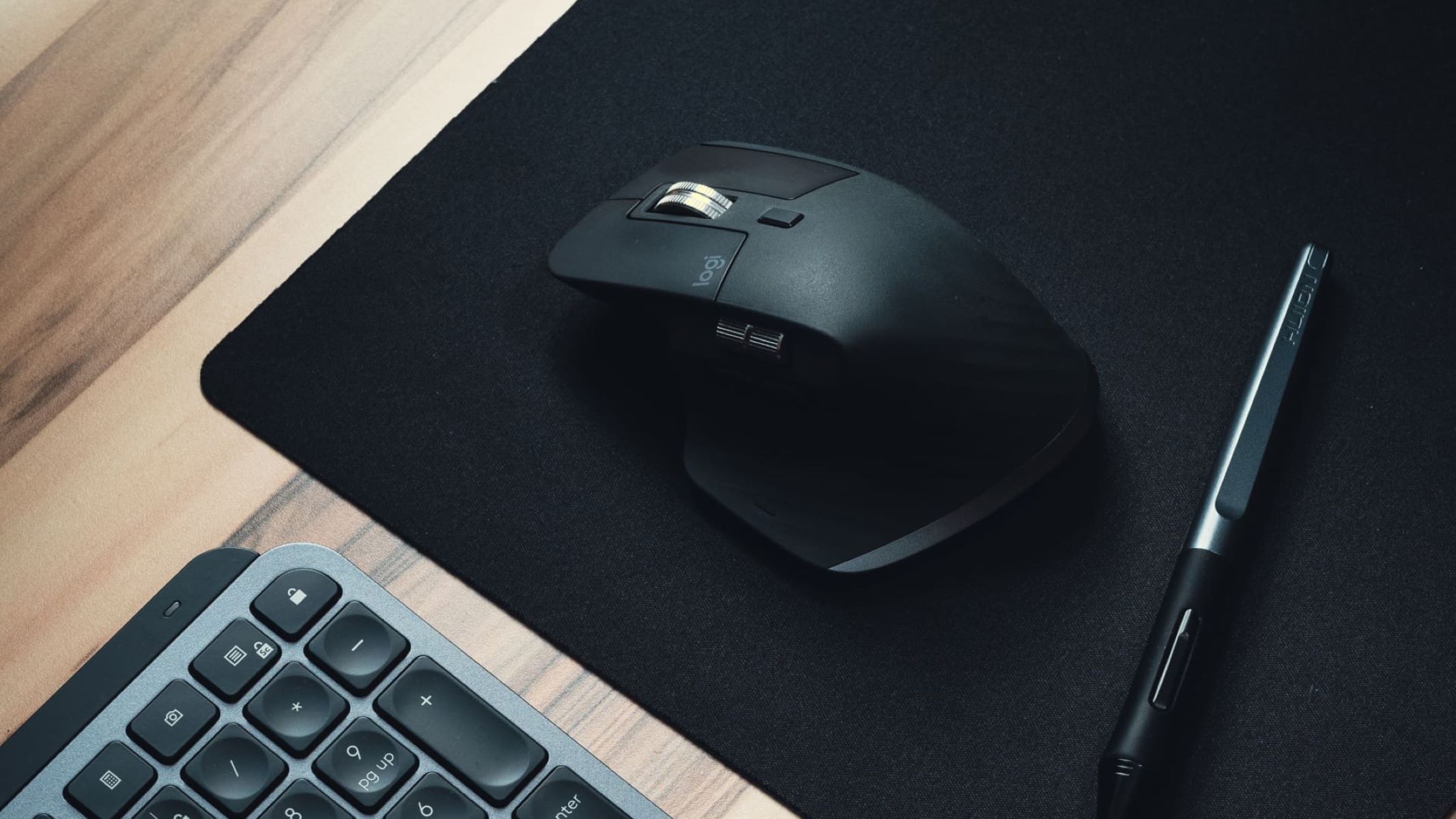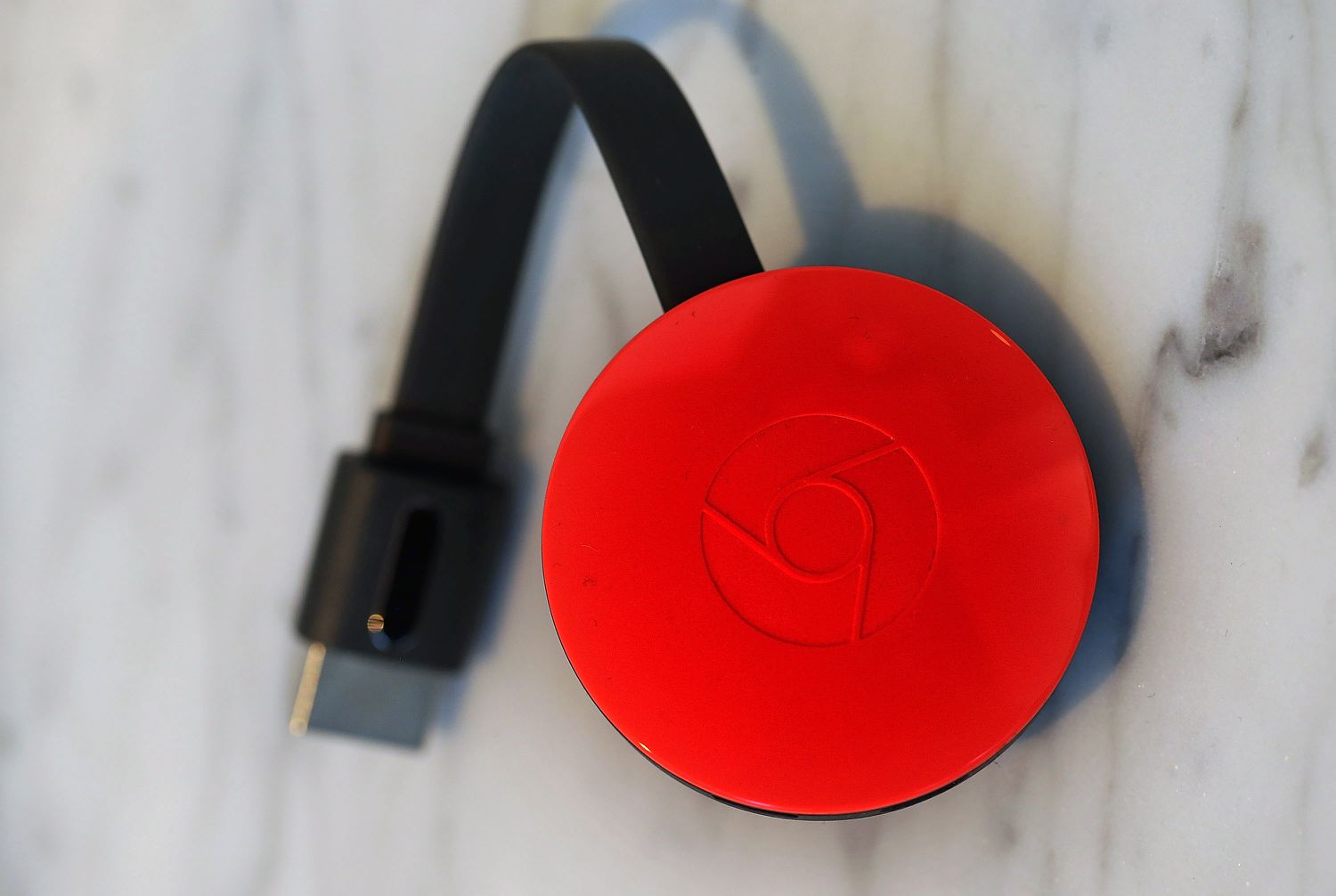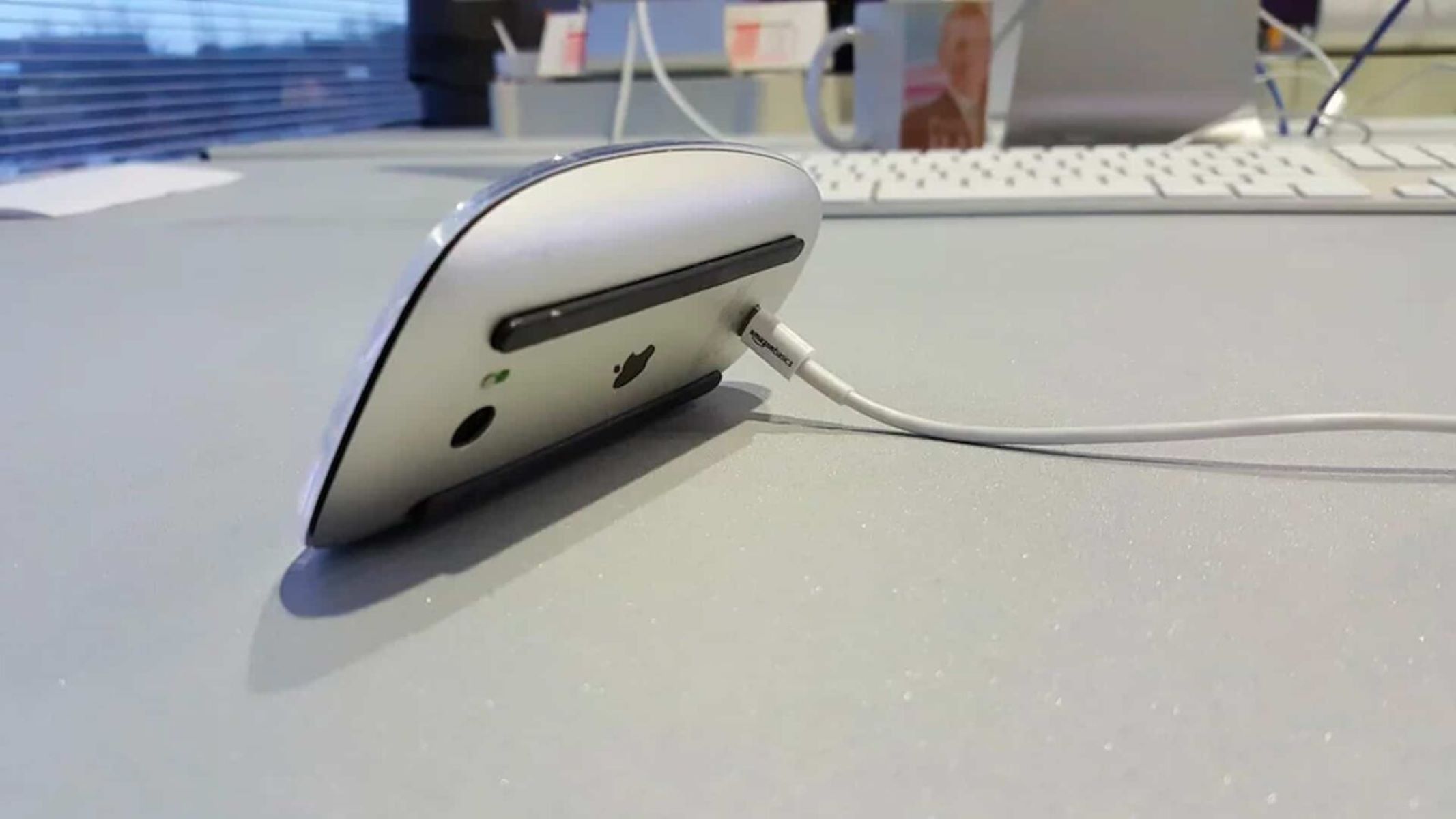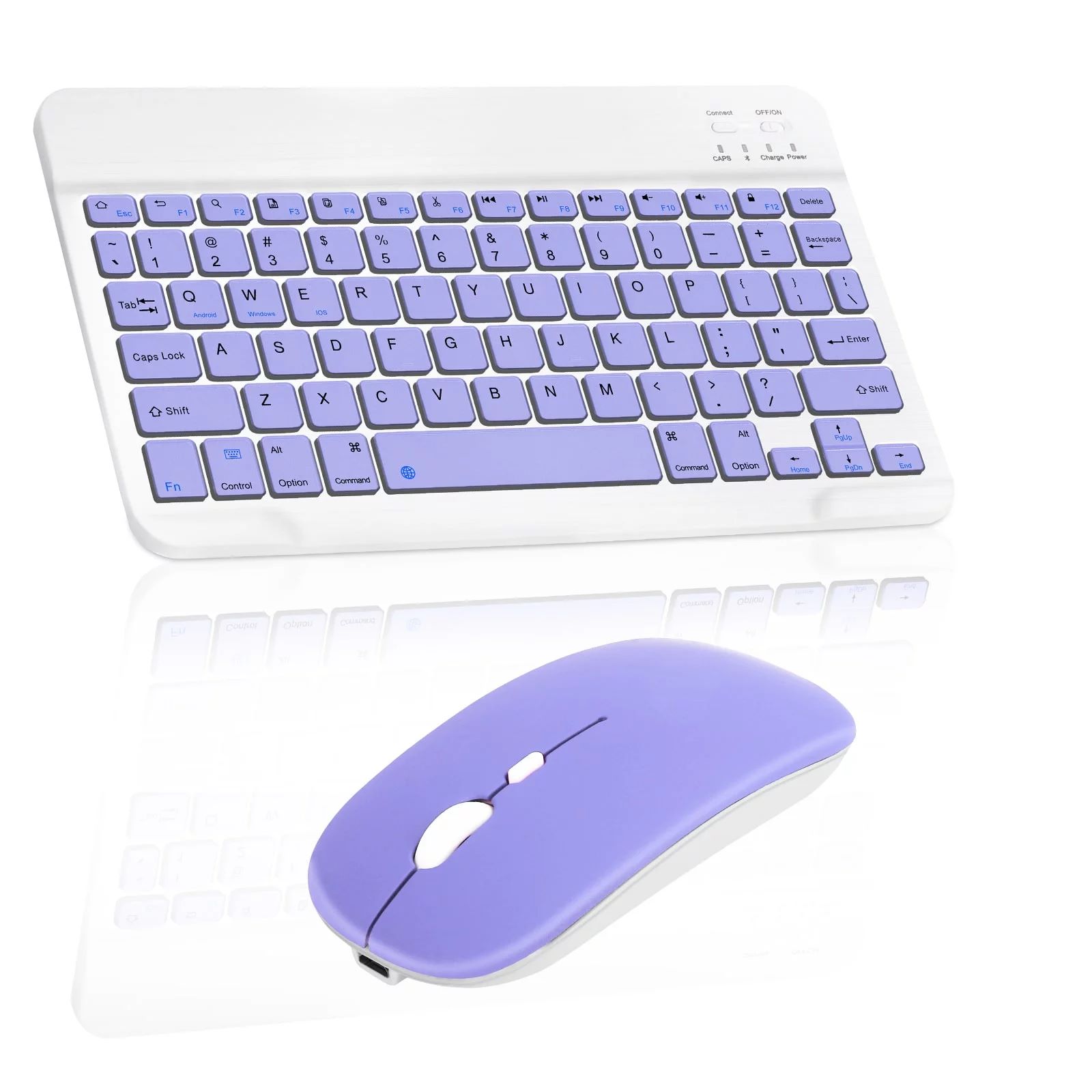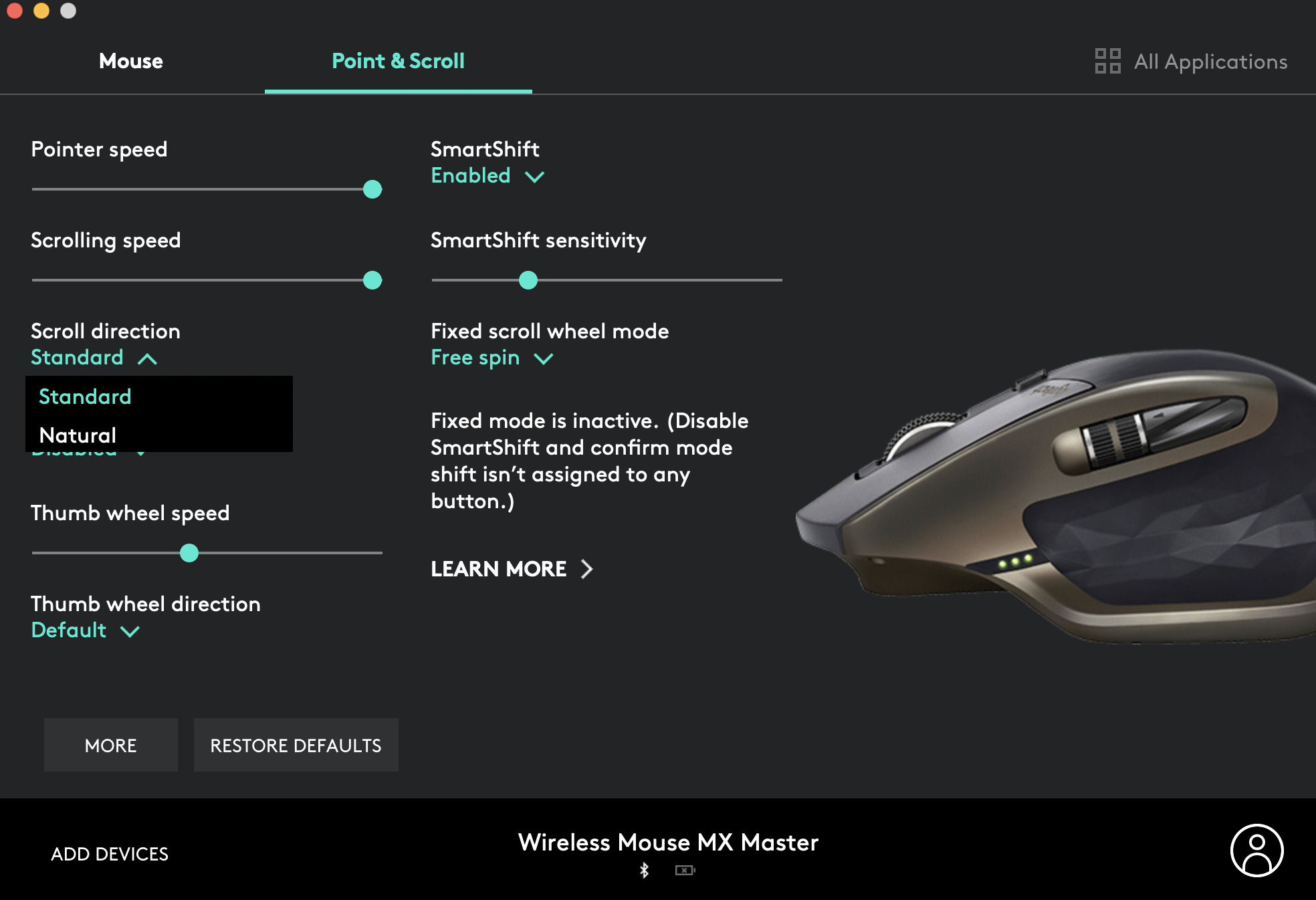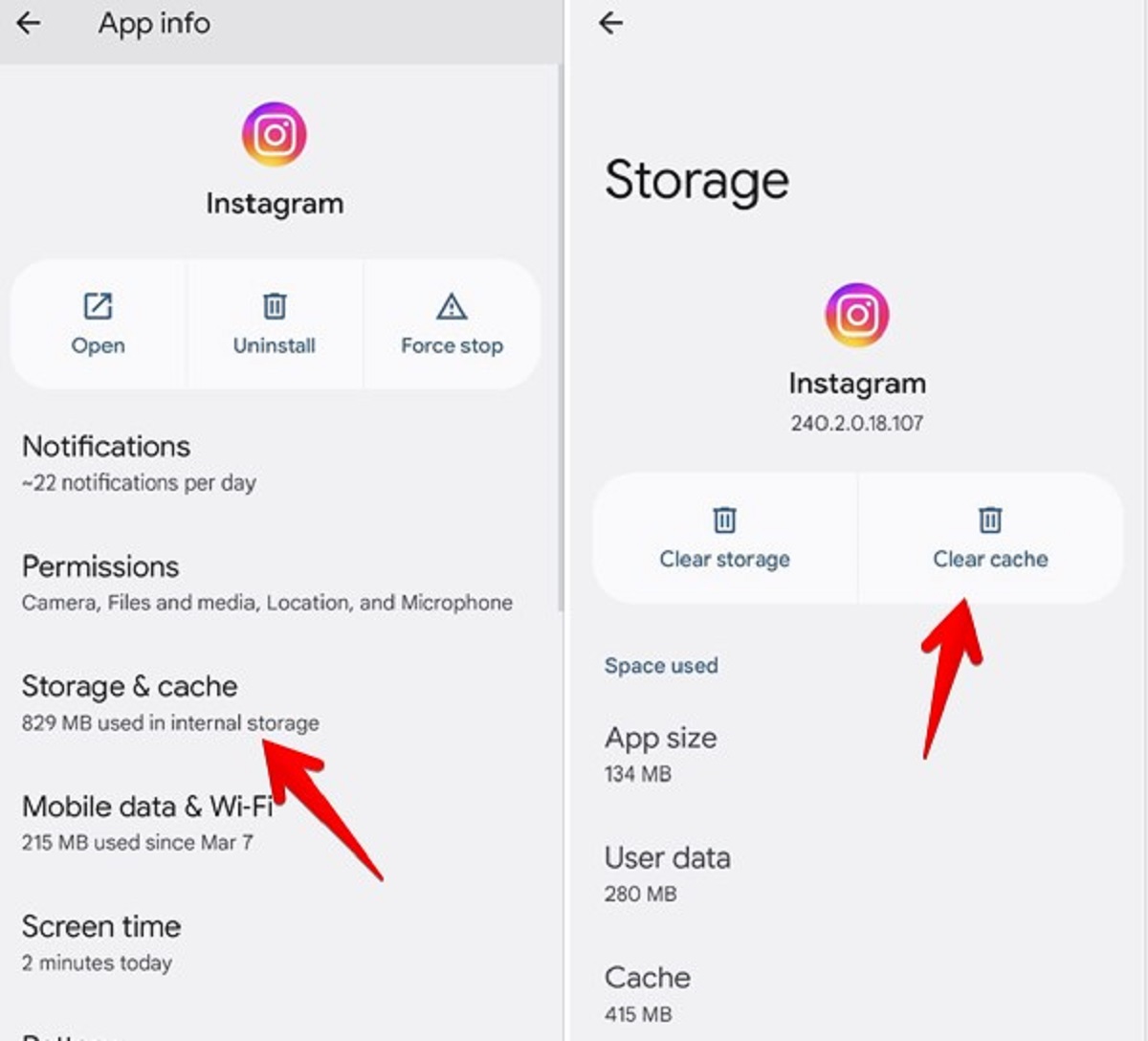Introduction
A wireless mouse is a convenient and essential peripheral device used by many people to navigate and interact with their computers. However, there are instances when the wireless mouse may not be working as expected, leaving users frustrated and in need of a solution. Understanding the possible reasons behind this issue can help in resolving the problem efficiently.
There could be several factors contributing to the wireless mouse not working, including hardware and software issues. Some common causes include depleted battery power, improper connection of the receiver, outdated or faulty drivers, compatibility issues, physical obstructions, or even problems with the surface on which the mouse is used.
In this article, we will explore various troubleshooting steps to help you get your wireless mouse working again. It’s important to note that these solutions are general guidelines, and the specific steps may vary depending on the make and model of your wireless mouse. By following these tips, you can often diagnose and resolve the issue without the need for professional assistance.
Possible Reasons for Wireless Mouse Not Working
When your wireless mouse stops working, it’s important to identify the possible reasons behind the issue. By understanding these factors, you can take appropriate action to resolve the problem. Here are some common causes for a wireless mouse not working:
- Weak or depleted battery: One of the main reasons a wireless mouse may not work is due to a weak or dead battery. If the batteries in your mouse are low or completely drained, it can cause the mouse to lose connection or become unresponsive.
- Improper connection of the receiver: The receiver is the device that connects your wireless mouse to your computer. If the receiver is not properly connected to the USB port or if there is interference with the signal, it can result in the mouse not working.
- Driver issues: Outdated or faulty drivers can also cause a wireless mouse to malfunction. Drivers are software programs that communicate between the hardware (mouse) and the operating system. If the driver is corrupted or incompatible, it can lead to connectivity issues.
- Compatibility issues: Sometimes, a wireless mouse may not work due to compatibility problems between the mouse and the computer system. This can occur if the mouse is not designed to work with the operating system or if there are conflicting software or hardware components.
- Physical obstructions: Physical obstructions near the wireless mouse can interfere with the signal transmission. Objects like metal surfaces, other electronic devices, or even your own body can disrupt the wireless connection, resulting in the mouse not functioning properly.
- Surface compatibility: The surface on which you use your wireless mouse can also impact its performance. Optical mice work best on smooth and flat surfaces, while laser mice can work on a wider range of materials. If the surface is reflective, uneven, or too rough, it can affect the tracking ability of the mouse.
These are just some of the possible reasons why your wireless mouse may not be working. By considering these factors, you can proceed to the appropriate troubleshooting steps to resolve the issue and get your mouse back in working condition.
Solution 1: Check the Battery
One of the first troubleshooting steps you should take when your wireless mouse is not working is to check the battery. A weak or drained battery can cause the mouse to lose power and become unresponsive. Here’s what you can do:
- Replace the batteries: Start by replacing the batteries in your wireless mouse with fresh ones. Make sure to use the correct type and size of batteries recommended by the manufacturer. If the batteries were old or running low, this simple step can often resolve the issue.
- Ensure proper battery installation: Sometimes, the mouse may not work even with new batteries if they are not installed correctly. Check the polarity markings on the battery compartment and ensure that the positive and negative ends of the batteries are properly aligned with the corresponding markings.
- Reset the battery connection: In some cases, the connection between the batteries and the mouse may get disrupted. Remove the batteries from the compartment and wait for a few seconds before reinserting them. This can help establish a stronger connection and resolve any minor issues.
After following these steps, test the wireless mouse to see if it is now working. If not, move on to the next troubleshooting solution.
Solution 2: Ensure the Receiver is Connected Properly
The receiver is the device that connects your wireless mouse to your computer. If it is not connected properly, it can lead to connectivity issues and cause your mouse to not work. Here are some steps to ensure the receiver is connected correctly:
- Check the USB connection: Confirm that the receiver is securely plugged into the USB port of your computer. Sometimes, the connection may become loose or dislodged, resulting in a loss of connectivity. Try unplugging the receiver and plugging it back in to ensure a secure connection.
- Avoid USB hubs or extension cables: Using USB hubs or extension cables can sometimes interfere with the signal transmission between the receiver and your computer. For optimal connectivity, connect the receiver directly to a USB port on your computer.
- Remove any obstacles: Ensure that there are no physical obstructions blocking the receiver’s line of sight to the mouse. Objects like other USB devices or desk clutter can interfere with the signal, leading to connection problems. Clear away any obstacles and ensure a clear path for the signal to reach the mouse.
After checking and ensuring the proper connection of the receiver, test the wireless mouse to see if it is now functioning correctly. If the issue persists, continue to the next troubleshooting solution.
Solution 3: Troubleshoot the Driver Issues
Outdated or faulty drivers can often cause a wireless mouse to malfunction. Drivers act as a bridge between the hardware (mouse) and the operating system, allowing them to communicate effectively. Here are some steps to troubleshoot driver issues:
- Update the mouse driver: Visit the manufacturer’s website to check for any available driver updates for your wireless mouse. Download and install the latest driver compatible with your operating system. This step ensures that your mouse is using the most up-to-date software, which can resolve compatibility issues and improve overall performance.
- Uninstall and reinstall the driver: If updating the driver doesn’t solve the problem, try uninstalling the current driver and reinstalling it. To do this, go to “Device Manager” on your computer, find the mouse under the “Mice and other pointing devices” section, right-click on it, and select “Uninstall.” Then, restart your computer and let the operating system automatically install the driver again.
- Check for driver conflicts: Sometimes, conflicting drivers can cause issues with your wireless mouse. In the “Device Manager,” look for any exclamation marks or warning signs next to other devices. If you find any conflicts, right-click on the device, choose “Update driver,” and follow the prompts to resolve the conflict.
After troubleshooting the driver issues, test the wireless mouse to see if it is now functioning properly. If not, proceed to the next troubleshooting solution.
Solution 4: Check for Compatibility Issues
Compatibility issues can cause a wireless mouse to not work properly with your computer system. It’s important to ensure that the mouse is designed to be compatible with your operating system and hardware. Here are some steps to check for compatibility issues:
- Review system requirements: Check the documentation or manufacturer’s website to confirm the compatibility of your wireless mouse with your operating system. Ensure that your computer meets the minimum system requirements specified by the manufacturer.
- Try a different USB port: If your wireless mouse is not working, try connecting it to a different USB port on your computer. Sometimes, certain USB ports may have compatibility issues while others work fine. By switching the port, you can determine if the issue is specific to a particular USB port.
- Use the mouse on a different computer: If possible, test the wireless mouse on a different computer that meets the system requirements. This will help identify if the issue is with the mouse compatibility or if it’s specific to your computer system.
- Check for firmware updates: Some wireless mice may have firmware updates available to resolve compatibility issues. Visit the manufacturer’s website and look for any available firmware updates for your specific model. Follow the instructions provided to update the firmware, if applicable.
After verifying compatibility and performing the necessary steps, test the wireless mouse to see if it is now functioning correctly. If the problem still persists, move on to the next troubleshooting solution.
Solution 5: Reset the Mouse
If your wireless mouse is still not working, resetting the mouse can sometimes help resolve the issue. Resetting the mouse will restore it to its default settings and can clear any temporary glitches. Here’s how you can reset your wireless mouse:
- Remove batteries or disconnect the power source: Unplug the mouse or remove the batteries from the mouse to completely cut off the power supply. This step ensures that the mouse is completely powered down before proceeding.
- Press and hold the reset button: Look for a small reset button on the bottom or side of the mouse. Press and hold the reset button for a few seconds using a small pointed object like a pen tip or a paperclip. This will initiate the reset process.
- Reinsert batteries or reconnect the power source: After releasing the reset button, reinsert the batteries or reconnect the power source to the mouse. Ensure that the power source is properly connected and the batteries are correctly installed.
Once you have completed the reset process, power on your wireless mouse and test it to see if it is now working correctly. If not, proceed to the next troubleshooting solution.
Solution 6: Look for Any Physical Obstructions
Physical obstructions can interfere with the wireless connection between your mouse and the computer. It’s important to ensure that there are no objects or obstacles blocking the signal. Here are some steps to look for and remove any physical obstructions:
- Clear the area around the mouse: Take a look at the area where you are using your wireless mouse. Remove any objects that are nearby and may be blocking the signal. These can include other electronic devices, such as routers, cordless phones, or speakers, as well as metal surfaces or large objects.
- Minimize interference: If you have other USB devices connected to your computer, try rearranging them to reduce any potential interference. USB devices emitting strong signals or operating on the same frequency band can disrupt the wireless mouse connection. Try to keep a distance between the mouse receiver and other devices.
- Keep the receiver and mouse in proximity: Ensure that the receiver is placed in close proximity to the mouse. The recommended distance is usually within a few feet to maintain a strong and stable connection. Avoid placing the receiver too far away from the mouse as it may weaken the signal strength.
After removing any physical obstructions and optimizing the placement of the receiver, test the wireless mouse to see if it is now functioning correctly. If the issue persists, proceed to the next troubleshooting solution.
Solution 7: Try Using the Mouse on a Different Surface
The surface on which you use your wireless mouse can have an impact on its performance. Different types of surfaces can affect the accuracy and responsiveness of the mouse. To troubleshoot any issues related to the surface, you can try using the mouse on a different surface. Here’s what you can do:
- Use a mouse pad: If you are using your wireless mouse on a rough or uneven surface, it may lead to tracking problems. Using a mouse pad can provide a smooth and consistent surface, ensuring better tracking and responsiveness.
- Try different surfaces: Experiment with using your wireless mouse on different surfaces to see if it improves its performance. Optimal surfaces for optical mice include hard and smooth surfaces, while laser mice can generally work on a wider range of materials.
- Test on a plain and non-reflective surface: Reflective or glass surfaces can interfere with the laser or optical sensor on your wireless mouse, leading to tracking issues. Try using the mouse on a plain and non-reflective surface to eliminate this potential problem.
After testing the mouse on different surfaces, determine if there is any improvement in its functionality. If the issue persists, move on to the next troubleshooting solution.
Solution 8: Contact Customer Support
If none of the previous solutions have resolved the issue with your wireless mouse, it may be time to reach out to the manufacturer’s customer support for assistance. Here’s what you can do:
- Refer to the product documentation: Check the user manual or any troubleshooting guides provided by the manufacturer. Follow the recommended steps for resolving common issues with the wireless mouse.
- Visit the manufacturer’s website: Navigate to the manufacturer’s website and look for a support section. Most manufacturers offer online resources such as FAQs, knowledge bases, and forums where you can find answers to common issues.
- Contact customer support: If you are unable to find a solution or need personalized assistance, contact the manufacturer’s customer support directly. They will be able to guide you through specific troubleshooting steps or arrange a repair or replacement if necessary.
When contacting customer support, be prepared to provide relevant information about your wireless mouse, such as the model number, serial number, and any troubleshooting steps you have already taken. This will help the support team assist you more effectively.
Remember, the manufacturer’s customer support is there to help you resolve any technical issues with your wireless mouse. Don’t hesitate to reach out to them for assistance when needed.







